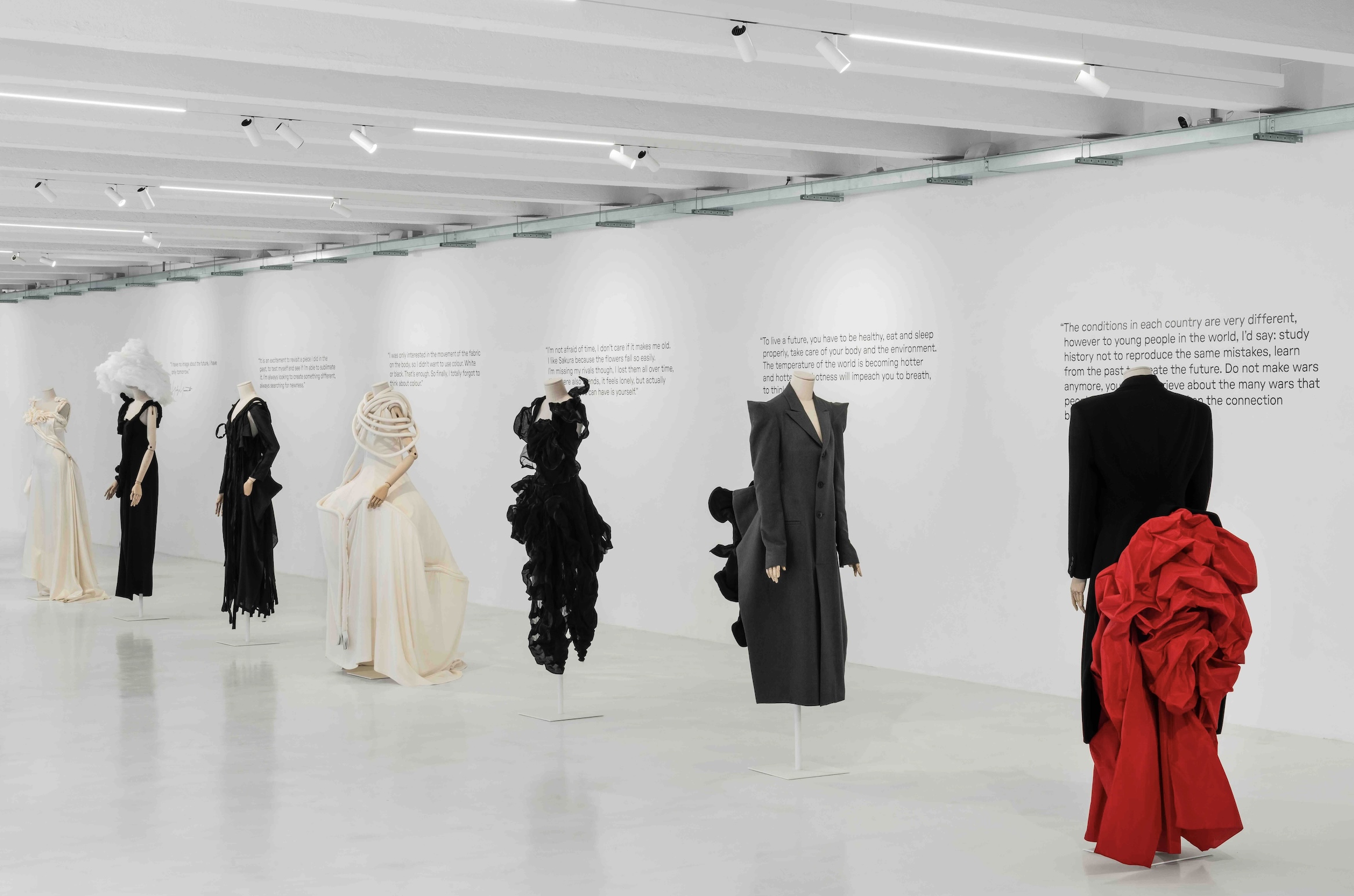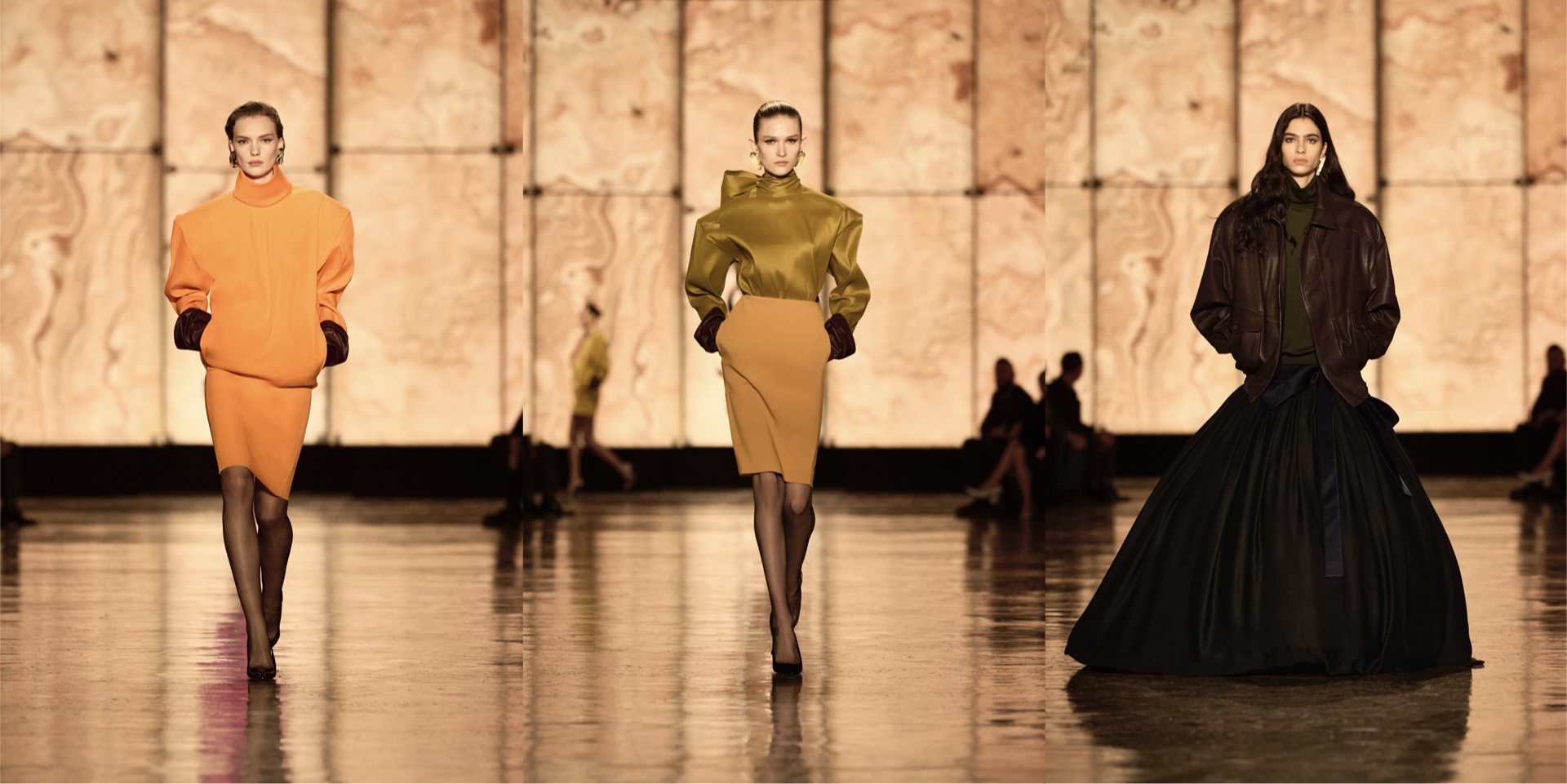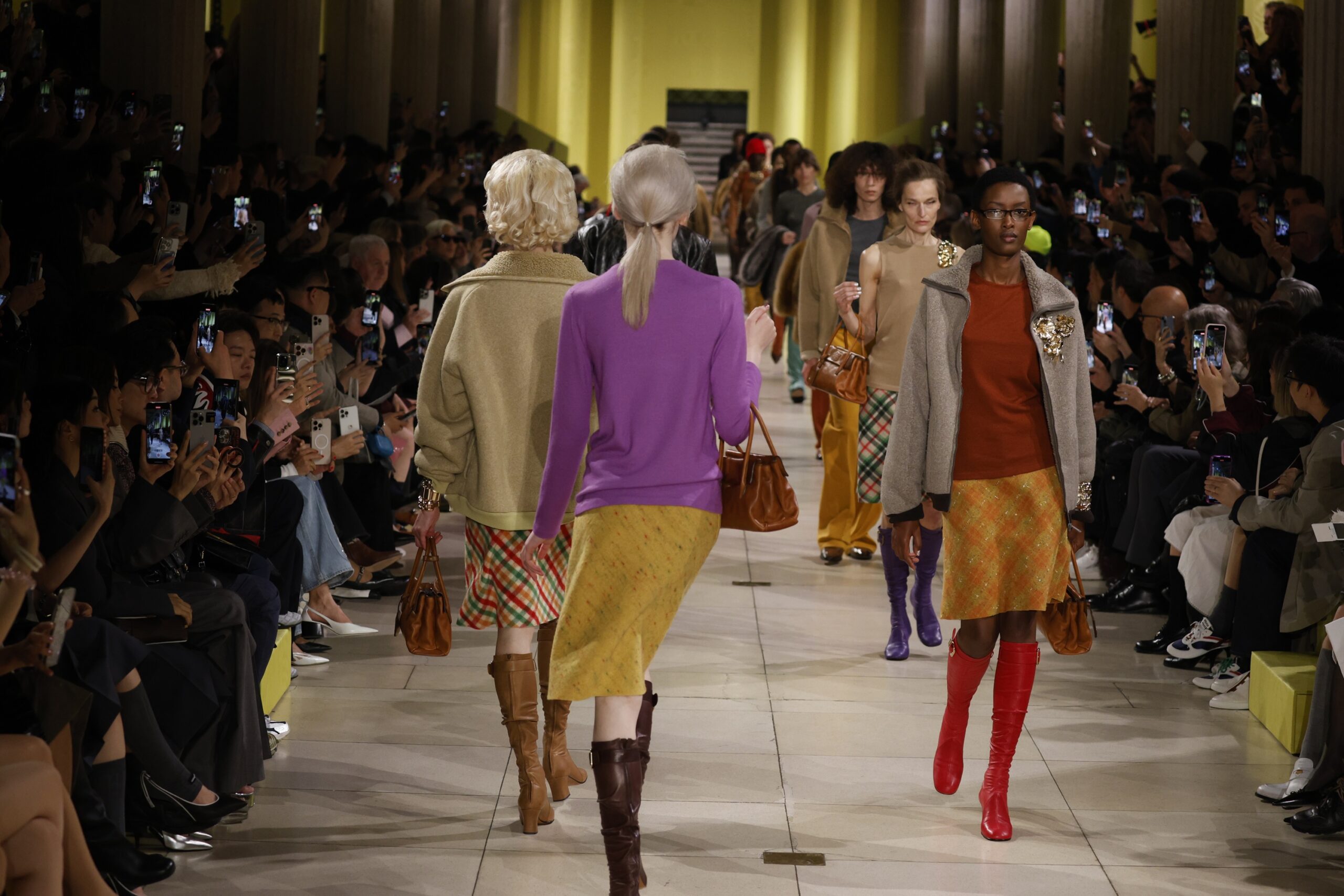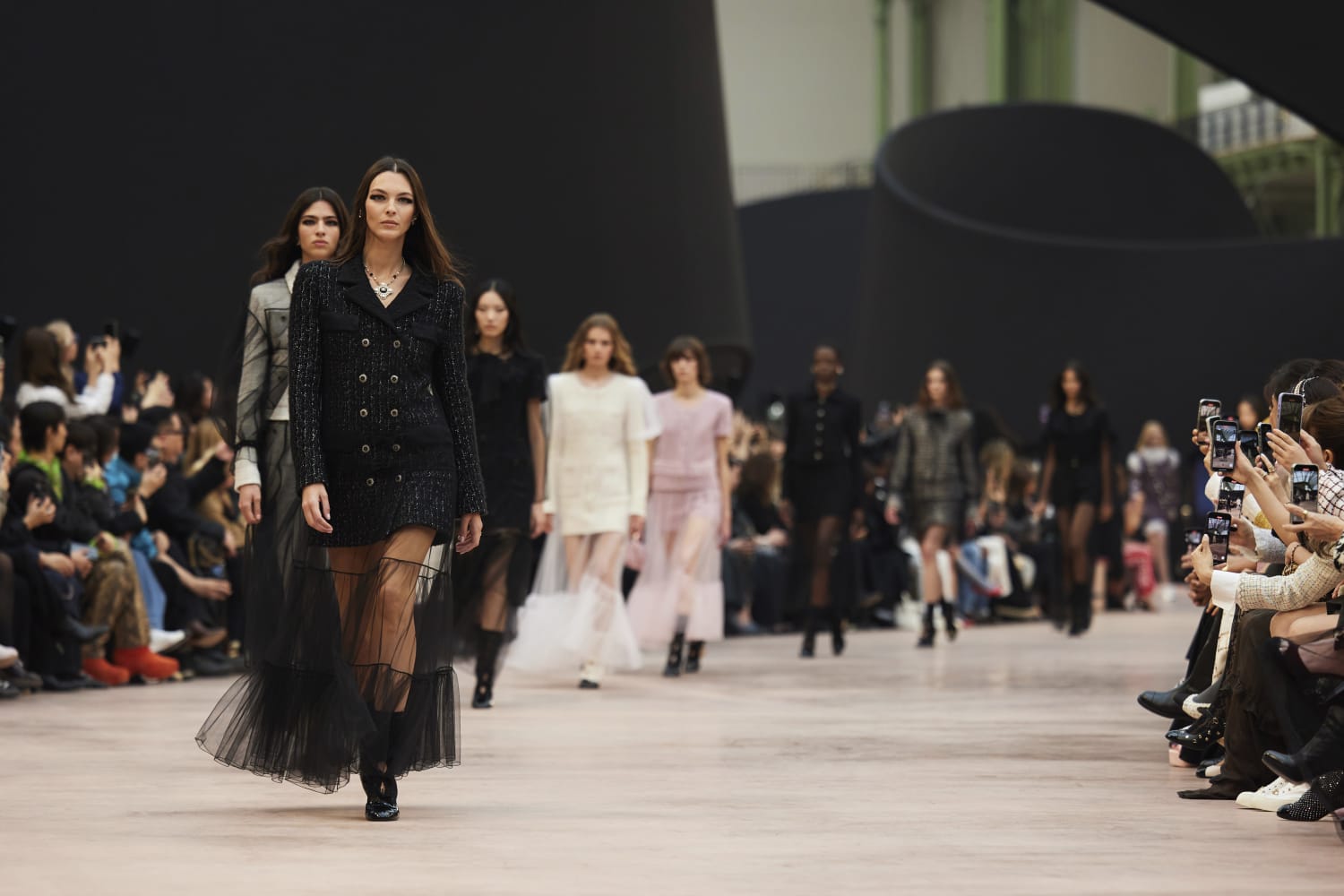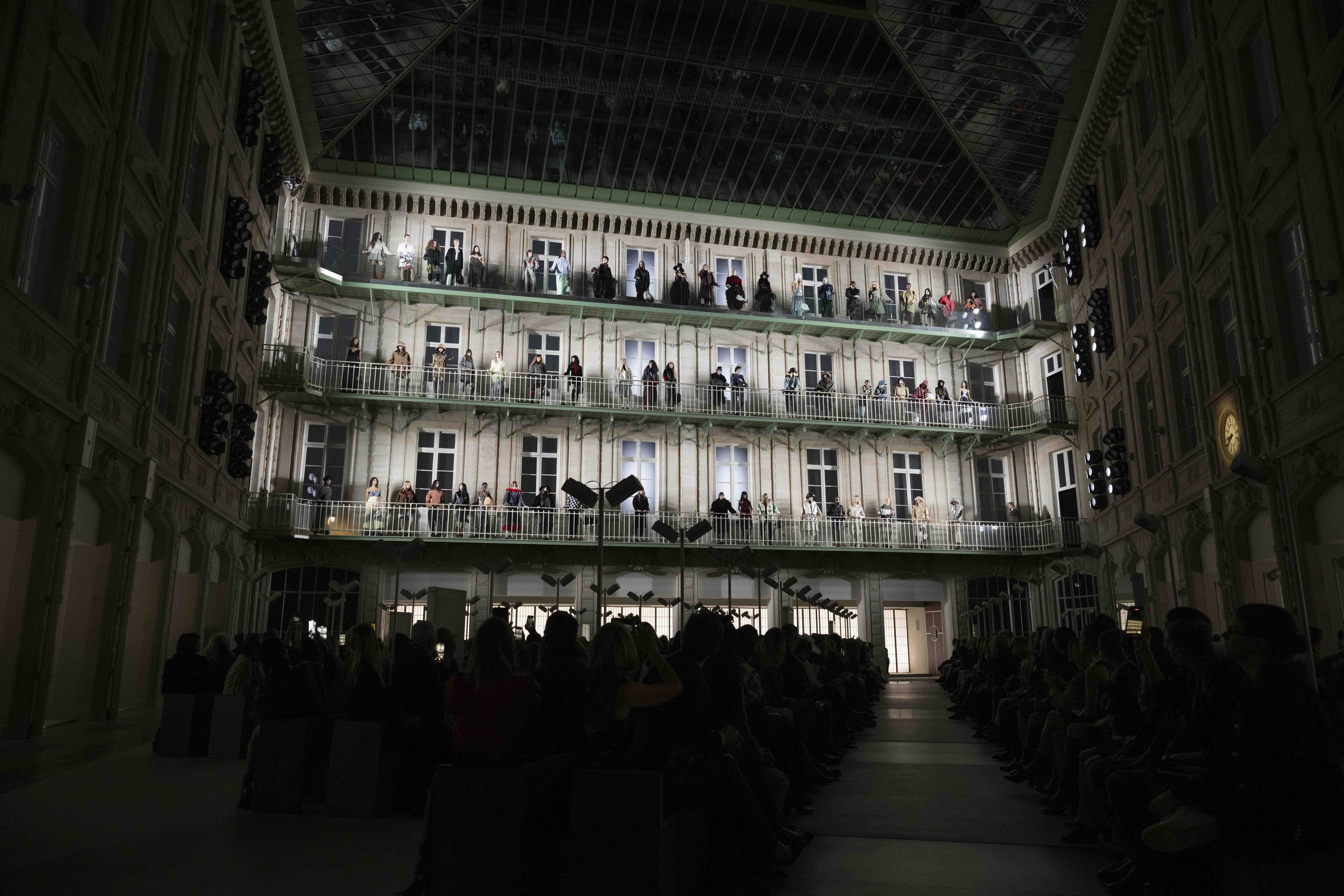Yohji Yamamoto. Letter to the future
Galleria 10 Corso Como, Milan
May 16th, 2024 – July 31st, 2024
Yohji Yamamoto. Letter to the future marks a new chapter in the exhibition programming that 10 Corso Como dedicates to the culture of fashion. Twenty-five garments to trace, like calligraphy, a letter to the future: an imaginative declaration, cutting through space in a parade conceived as a single installation. Curated by Alessio de’Navasques, the exhibition gathers archive pieces from the Yohji Yamamoto Collection, from different eras and seasons, from 1986 to 2024. The garments mark the chapters of a missive addressed to the future, defining Yamamoto’s ambivalent and poetic relationship with time, whose distinctive feature is the radical ability to deconstruct and reconstruct archetypes.
Yoji Yamamoto was born in Tokyo in 1943. The son of a seamstress and a conscript of the Imperial Army whose remains were never found, Yamamoto spent the 1960s first obtaining a law degree and then studying fashion design. Meanwhile, he began working in his mother’s shop, which she decided to sell in 1972 to finance the start of her son’s business: although several Japanese designers—including Kenzo Takada and Hanae Mori—were already working in Paris in the 1970s, their aesthetics were less alien to prevailing European tastes compared to Yamamoto’s, which became impactful during his first Paris show in 1981. Although his approach is fundamentally romantic, Yamamoto has always favored asymmetrical cuts, unfinished hems, and visible seams, with lines that swoop away from the wearer’s body, dressing men in soft, unlined suits with trousers so wide they are practically culottes, and women in dresses made of thick, stiff felt. The fact that elements such as deconstruction, asymmetry, androgyny, and an abundant use of black are now common in contemporary fashion testifies to Yamamoto’s extraordinary influence. In Japanese, the space between the body and the fabric is known as ma, and the consideration of ma is as much a part of fashion design in Japan as the consideration of white space is in poetry: many have seen in Yamamoto’s work, particularly in his use of color, the influence of Oribe ceramics and the Edo-period polymath Kobori Enshu, as well as the aesthetics of Wenders and Andrei Tarkovsky.
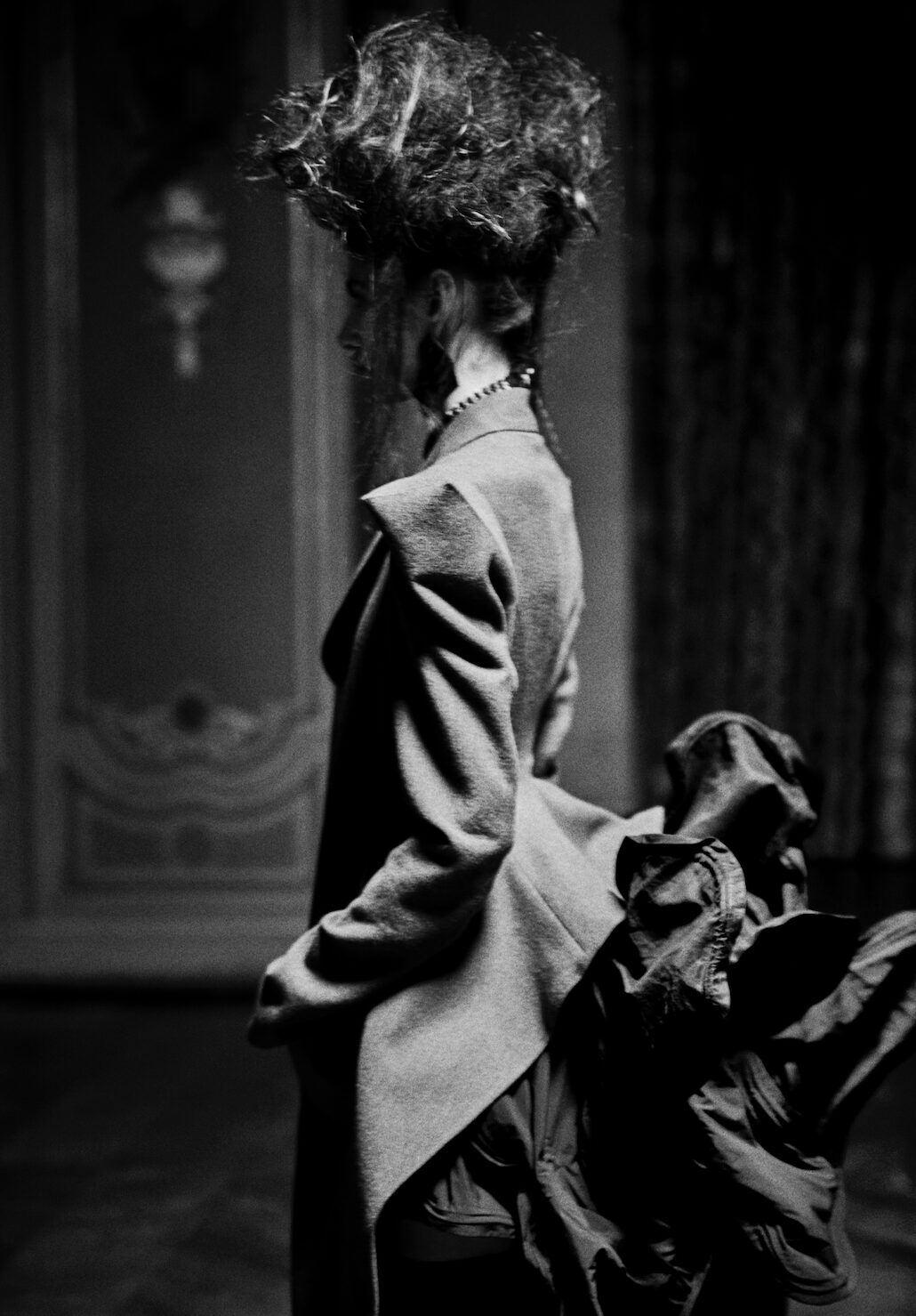
“One should think of the slope of the shoulder, the armhole, and the peak of the shoulder as three lovers destined to remain locked in a tumultuous relationship.”
The garments are displayed, without scenic artifices, on tailor’s mannequins similar to those on which they came to life in the atelier: thus begins a journey of correspondences between his reflections on the sense of the future printed on the walls and a selection of archival garments, demonstrating his relationship between body and clothing in overcoming the chronological dimension. In his volumes, there no longer seems to be a beginning and an end, because air circulates between the body and the fabric, and the garment seems to breathe, free from the constraints of a predefined shape. Iconic elements of Western fashion, such as the red silk coat from Winter 1986-87, whose unique silhouette was immortalized in photographs by Nick Knight, resonate in the current and upcoming transposition, in correspondence with one of the looks that closed last March’s show in Paris: a gray wool coat, whose tail moves softly on the wearer’s body. Aligning garments from different collections, from Autumn/Winter 1996-97, where felt becomes an origami, to the Spring 1999 performance show where models shed crinolines, veils, and layers of fabric, revealing the essence of form, to the three-dimensional robe manteau in Winter 2023-24 and many others, the journey highlights Yohji Yamamoto’s quest for a universal silhouette, in a continuous, rigorous reflection on the relationship between body and garment. The designer’s insistence on a concept of welcome imperfection for every shape, the experimentation with volumes and fabrics—worked or left to flow, draped or sculptural—are recurring themes that have revolutionized the relationship between garment and person, as a universal message of freedom looking to the future, beyond time.
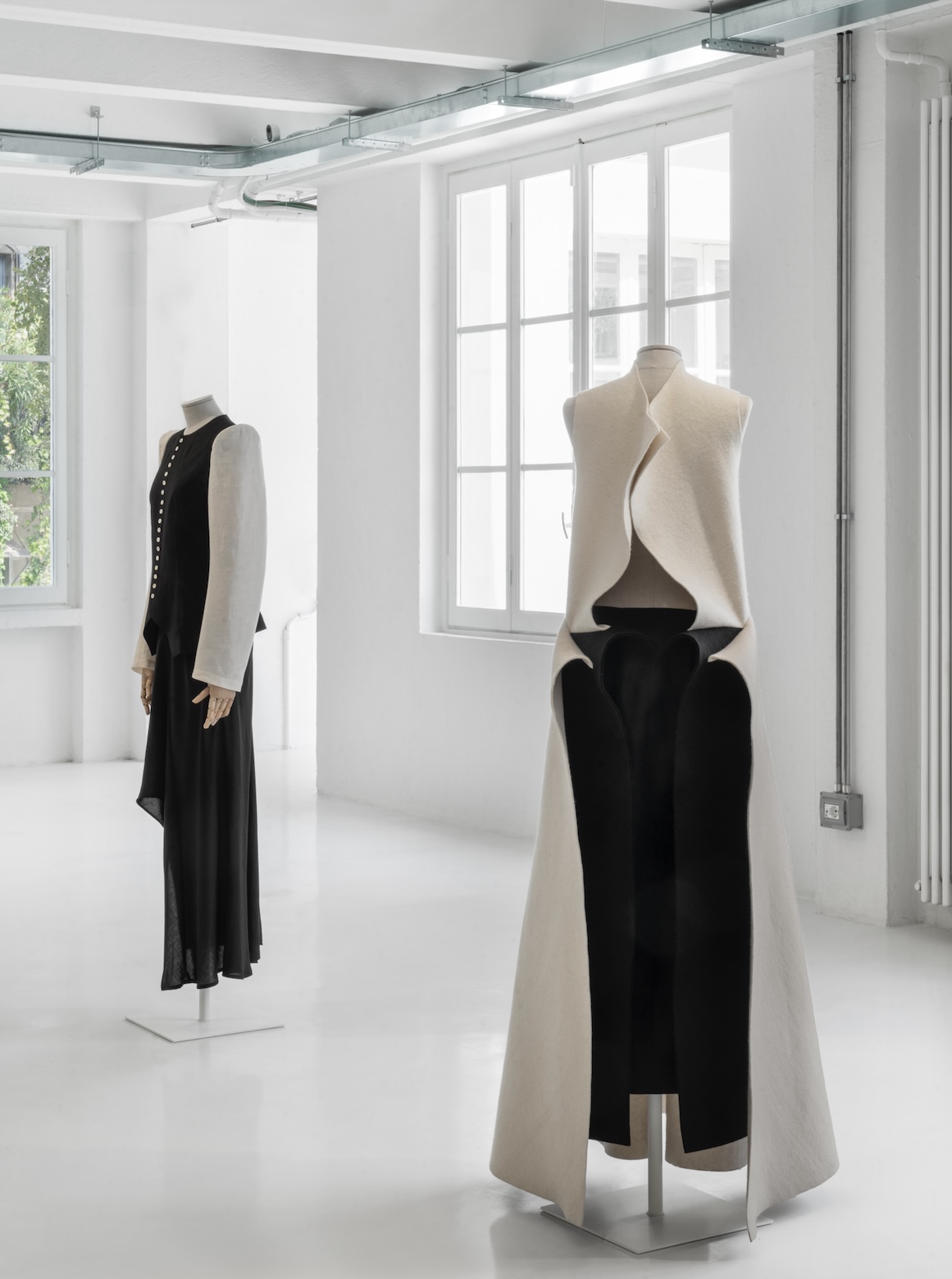
For further information 10corsocomo.com.
